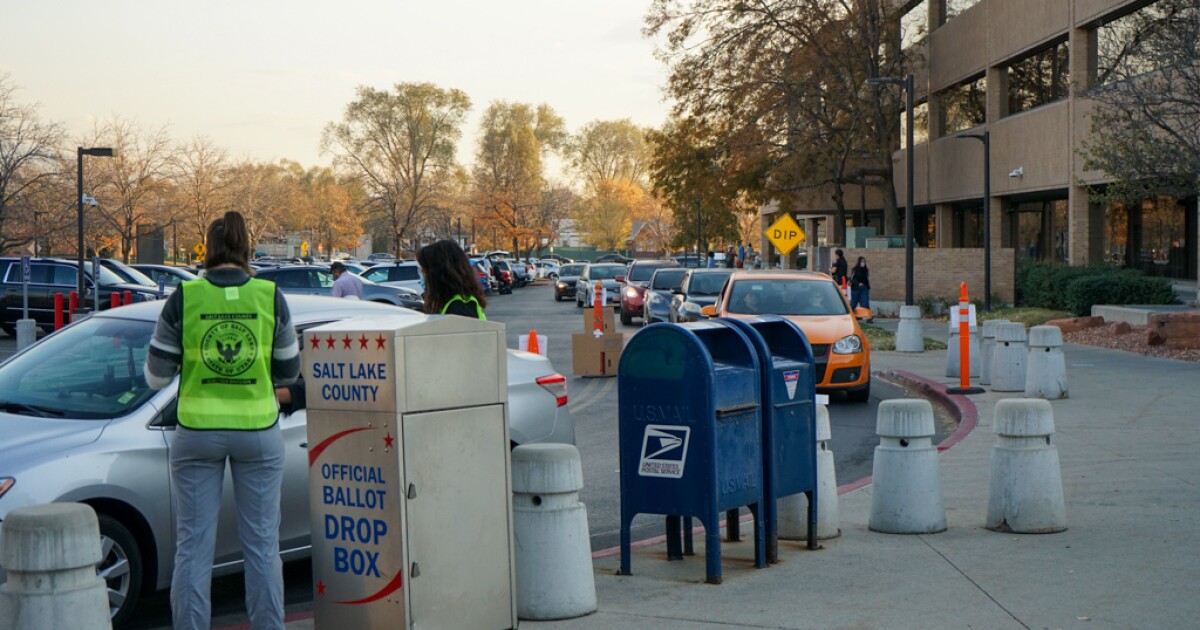| Sonja Hutson ∙ KUER |
Utah’s November municipal election was a big experiment in ranked-choice voting. About two dozen cities tried it Tuesday and county election officials said the process went smoothly.
”It went really well,” Salt Lake County Clerk Sherrie Swensen said.
Ranked-choice voting lets voters choose candidates in order of preference. If no one gets a majority of votes, the person with the fewest is eliminated. The process continues until there’s a winner.
“It went really well,” Salt Lake County Clerk Sherrie Swensen said. “Voters didn’t seem to be confused by it, I think, because of our explicit instructions on our ballot.”
In Salt Lake, Utah and Cache counties, tallying the ranked-choice races took about 45 minutes to an hour longer.
“We just take those results that would normally be done and finished for a traditional voting method and put it through that tabulator and then put that through our visualizer so people can see how the round by round results went,” said Cache County Elections Coordinator William Crist.
Utah County Clerk/Auditor Josh Daniels said there wasn’t any significant difference between voter turnout in cities using ranked-choice voting and those that weren’t.
“What tends to drive voter turnout, regardless of the method of the election, is the interest in the election itself,” he said. “So if there is a particularly high profile race for mayor, for example, you might see higher voter turnout. Other factors include demographics, the age of voters … the nature of the questions being asked are going to play a role.”
But Daniels said voters in cities using RCV tended to turn in their ballots later.
“[That] perhaps was a reflection of voters waiting longer to make their choices because the voters had the ability to express a more robust vote preference,” he said. “It wasn’t just ‘Vote for two names.’ It was ‘How do I rank all 10 candidates?’ And so perhaps voters spent more time studying all 10 candidates and deciding how they would vote on all 10 candidates, rather than marking two names and returning their ballot.”
Daniels said there will be a statewide survey later this month to ask voters what they thought of the method.





